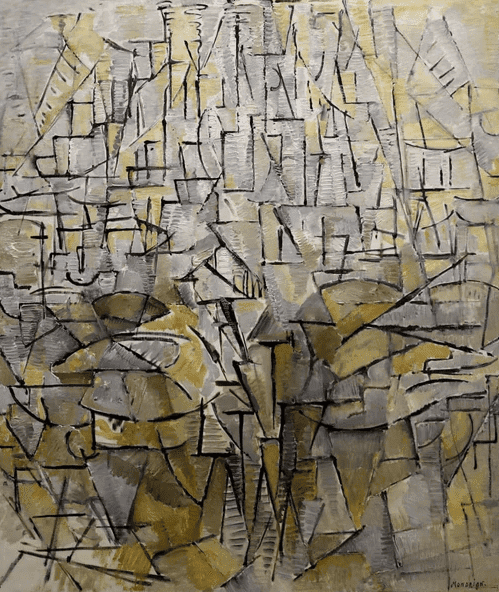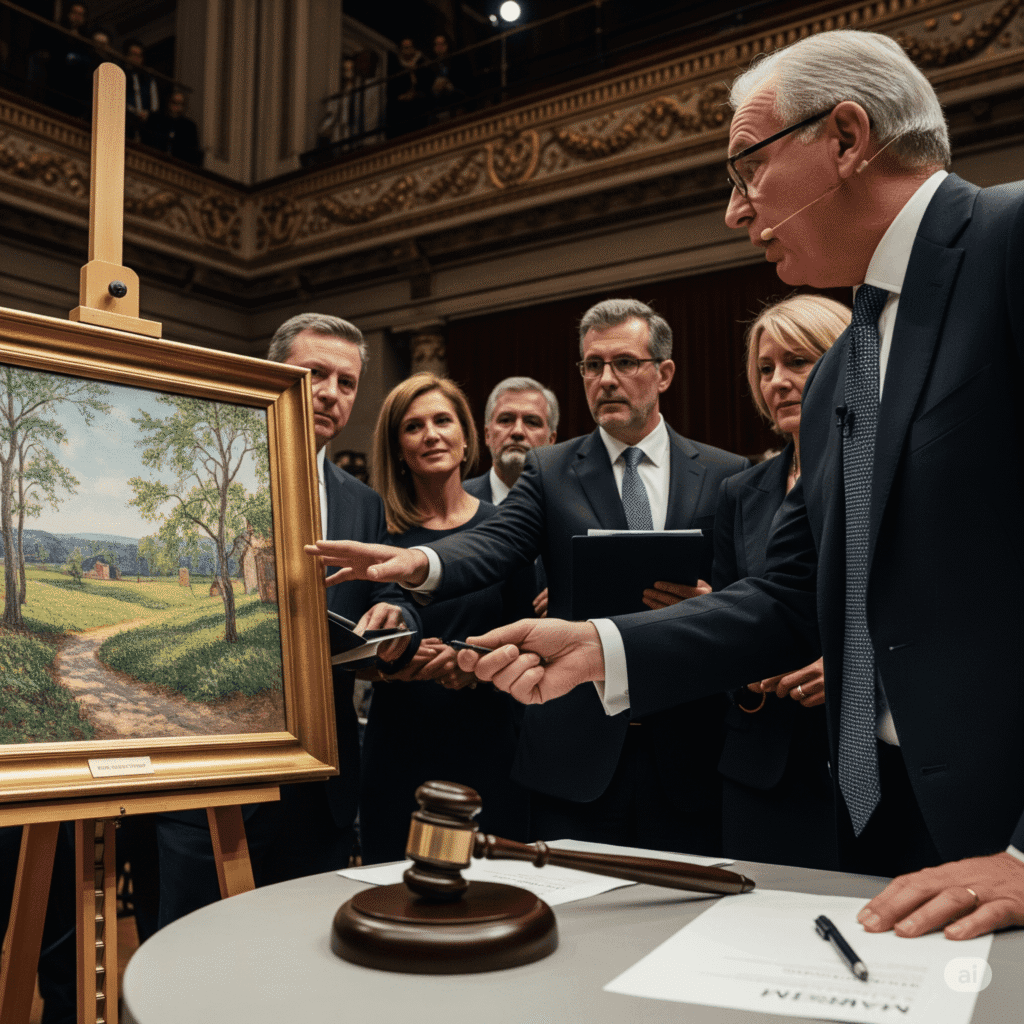Top Global Art Movements to Watch This Year
Introduction
In the ever-evolving world of visual arts, staying ahead of the curve is crucial for collectors, curators, art lovers, and creatives alike. Every year, new ideas, cultural shifts, and global events give rise to fresh perspectives and innovative expressions. In 2025, the art world continues to break traditional molds, embracing technology, sustainability, decolonization, and community-driven narratives. In this article, we explore the top global art movements to watch this year, a curated guide to what’s shaping the contemporary art scene across continents.
A Revival of Indigenous Art Narratives
One of the most significant shifts in recent years has been the return to and celebration of Indigenous art traditions. Across the globe — from Aboriginal Australian dot paintings to Native American beadwork, and from African tribal motifs to Indian folk art like Gond and Warli — indigenous expressions are gaining prominence in galleries and biennales.
This movement is not merely a nostalgic nod to the past, but a dynamic reclamation of identity, culture, and ancestral wisdom. Artists such as Jordan Bennett (Mi’kmaq) and Blak Douglas (Australia) are creating contemporary works deeply rooted in indigenous cosmologies while challenging post-colonial narratives.
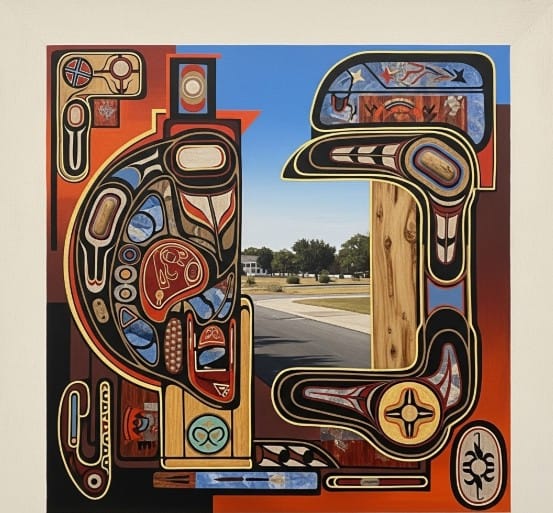
Post-Digital Expressionism
The fusion of traditional mediums with digital technology continues to reshape how we perceive and interact with art. In 2025, post-digital expressionism is gaining momentum — a movement where artists blend analog techniques with digital tools not just for visual impact, but to comment on the very nature of our tech-driven existence.
This genre emphasizes emotional resonance and personal narratives filtered through digital lenses. You’ll see physical brushstrokes complemented with augmented reality (AR), oil paintings with AI-generated overlays, and digital canvases using tactile simulation.
Artists like Krista Kim, known for her meditative digital color fields, and Refik Anadol, who integrates data into mesmerizing motion art, are leading figures in this sphere.
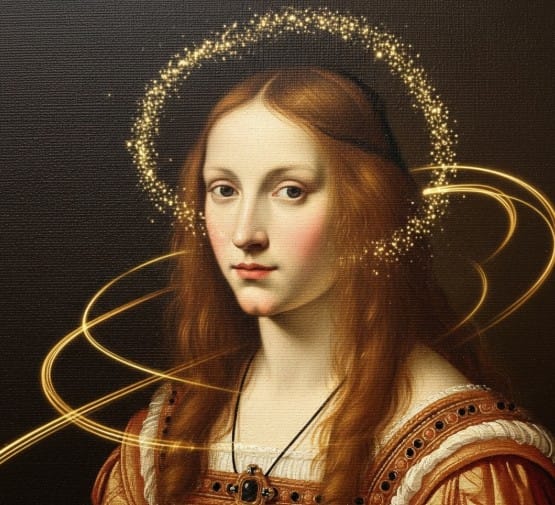
Eco-Conscious Art: Sustainability as Medium
As climate concerns intensify, artists are not only making sustainability a theme—they’re making it a material. Eco-conscious art emphasizes the use of biodegradable, upcycled, or ethically sourced materials. Beyond that, artists are drawing attention to environmental justice, biodiversity loss, and the Anthropocene through provocative installations, land art, and community engagement.
One standout project in 2025 is the “Plastic Ocean Series” by Portuguese artist Maria da Luz, who uses ocean waste to sculpt hauntingly beautiful marine forms. In India, a group of young artists in Kerala are converting coconut husks and banana fiber into organic murals.
For more on the sustainable art trend, explore Green Art Lab Alliance, a global platform connecting artists and sustainability initiatives.
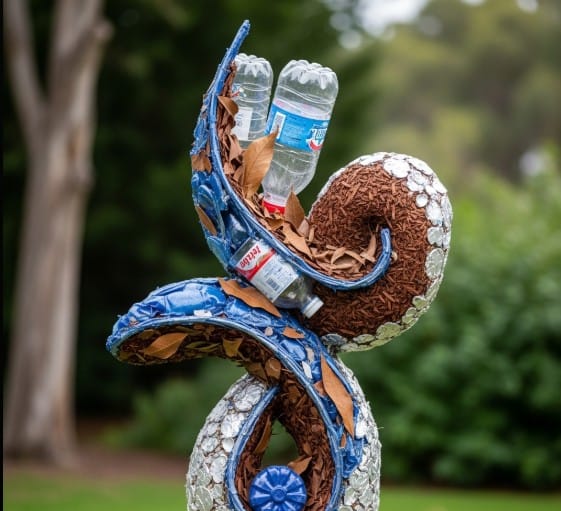
The Rise of Spiritual Minimalism
A surprising yet soothing trend is the rise of spiritual minimalism. This movement marries Eastern philosophies like Zen, Taoism, and Advaita with minimalist aesthetics. The goal is to invite stillness, presence, and contemplation.
Spiritual minimalism strips down color palettes, eliminates clutter, and invites meditative engagement. These works often use white space, natural materials, and repetitive motifs to create a sense of harmony and transcendence.
Artists like Lee Ufan and Tatsuo Miyajima have long championed this philosophy, but younger artists are now creating immersive installation spaces with silence, light, and subtle motion to prompt inward reflection.
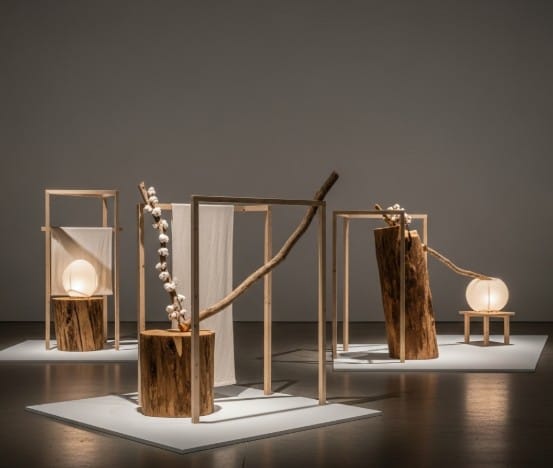
Neo-Craft: A Return to the Handmade
In response to mass-produced aesthetics and the digital surge, many artists are turning back to traditional crafts — but with a contemporary twist. Neo-Craft reinterprets techniques like weaving, embroidery, ceramics, and paper art in ways that speak to modern concerns like identity, gender, and impermanence.
This movement blends design and fine art, elevating the handmade into conceptual conversation. In Japan and Korea, “slow craft” movements are integrating ancient techniques with cutting-edge design. Meanwhile, in Latin America, textile-based protest art is gaining visibility.
Neo-craft also highlights the artist’s labor, reclaiming time, tactility, and presence in a world dominated by instant production.
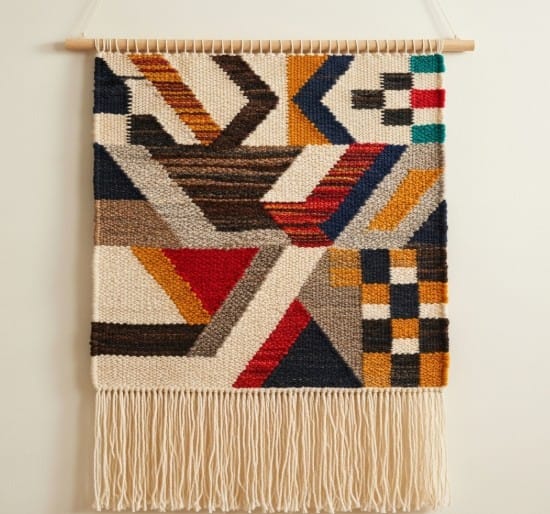
Afrofuturism and Diasporic Futures
Afrofuturism is no longer a niche—it is a global force shaping cultural discourse. In 2025, this movement, which blends African aesthetics with speculative futures and sci-fi elements, is expanding across the African continent and diasporic communities.
Visual artists are reimagining Black identity in alternate futures, decolonized realities, and cosmic dimensions. Their work challenges racial hierarchies, projects liberation, and celebrates heritage with unapologetic vibrancy.
Artists like Wangechi Mutu, Osborne Macharia, and Toyin Ojih Odutola are making powerful statements through sculpture, digital media, and large-scale portraits. These works aren’t just art—they are visions of resistance, healing, and collective possibility.
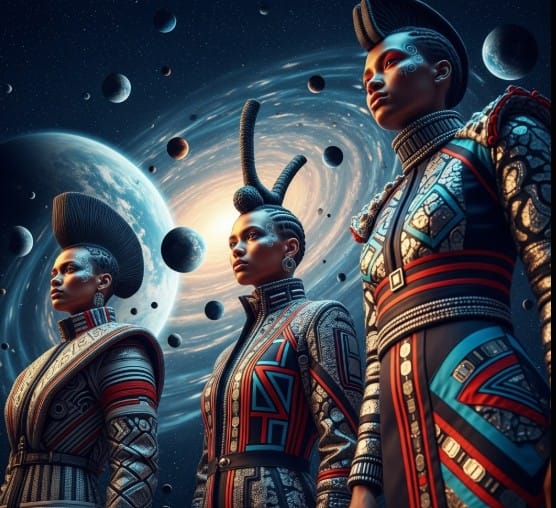
Interactive and Immersive Storytelling
As attention spans evolve and engagement becomes key, art is becoming more immersive and participatory. Gone are the days of passive viewing — 2025 sees audiences stepping into multisensory environments where they are part of the narrative.
Think digital caves of light, responsive soundscapes, and installations that react to human touch or movement. Artists are using VR, AR, scent, and even haptic technology to trigger deeper emotional reactions.
Major players include teamLab (Japan), Studio Drift (Netherlands), and local collectives experimenting with projection mapping and community-based storytelling.
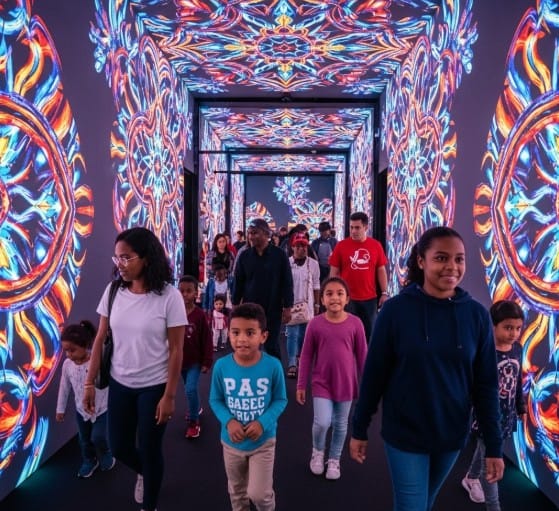
Decolonial Art Practices
Another crucial global movement in 2025 is the surge of decolonial art. Artists are interrogating colonial legacies, re-evaluating museum narratives, and reclaiming voices lost in imperial histories.
From South America to South Asia, this movement is seeing marginalized communities use art to resist cultural erasure. They create alternative archives, reframe historical figures, and introduce indigenous epistemologies into mainstream art discourse.
Projects like the “UnMuseum” initiative in Brazil and India’s “Reclaimed Roots” exhibitions are pioneering efforts in recontextualizing national heritage.
At ISKUSS, we champion this dialogue by curating works that are not only culturally grounded but also speak to global decolonial consciousness. Explore our collection at ISKUSS.
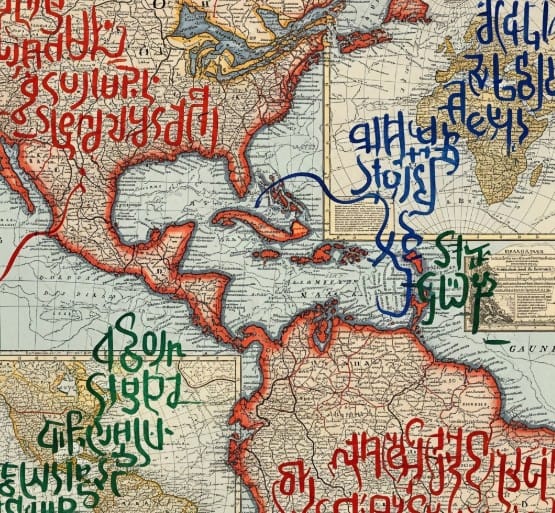
Transnational Feminist Art
In 2025, feminist art is not only louder — it is borderless. Transnational feminist movements are empowering women and non-binary artists across the globe to address themes like body autonomy, gender-based violence, reproductive rights, and intersectional identity.
These artworks are raw, intimate, often confrontational. They appear in public spaces, online galleries, and performative protests. Artists are using their own bodies as medium, textiles as metaphor, and social media as gallery.
Names to watch include Zanele Muholi (South Africa), Shirin Neshat (Iran/USA), and Tanja Ostojic (Serbia). Local feminist art festivals, such as “Women Breaking Frames” in Southeast Asia, are amplifying new voices.
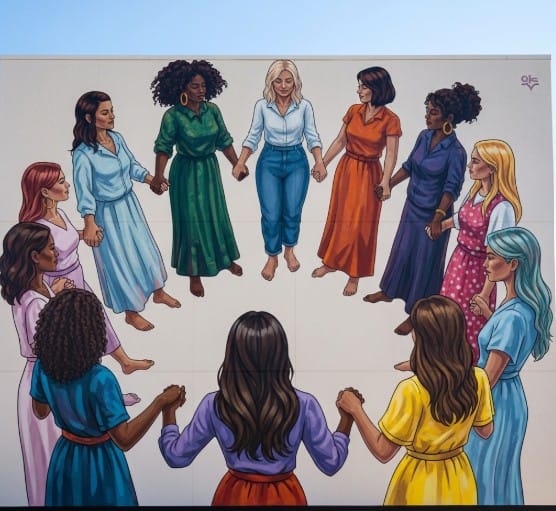
AI-Curated and Algorithmic Art
Finally, we can’t ignore the AI revolution. AI-generated and algorithmic art is now a distinct movement, where the boundary between artist and tool is continuously blurred.
2025 brings a new wave of artists using generative models not as replacements, but as collaborators. AI is being trained on cultural datasets to create hybrid visuals, simulate historical art styles, and even compose music in harmony with visual themes.
Projects like “The Next Rembrandt” or DALL·E-generated exhibits push our understanding of authorship, creativity, and ethics. Some artists also critique AI through glitch aesthetics and machine hallucinations.
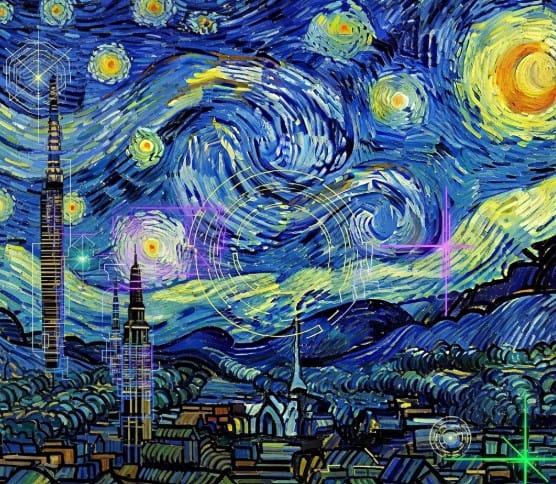
Conclusion: The Art World in Flux
The most exciting thing about the art world in 2025 is its openness to multiplicity. These global art movements are not competing, but coexisting — often blending and evolving in unpredictable ways. They reflect a world in transition, where identity, technology, environment, and memory converge on the canvas, screen, and space.
Whether you’re a curator seeking the next big trend, a collector supporting meaningful voices, or simply an admirer of beauty and thought — these are the movements you should be watching, experiencing, and engaging with this year.
To stay updated with more insights on contemporary art trends, artist spotlights, and visual storytelling from around the world, visit ISKUSS — your portal into culturally rooted, globally inspired art.
